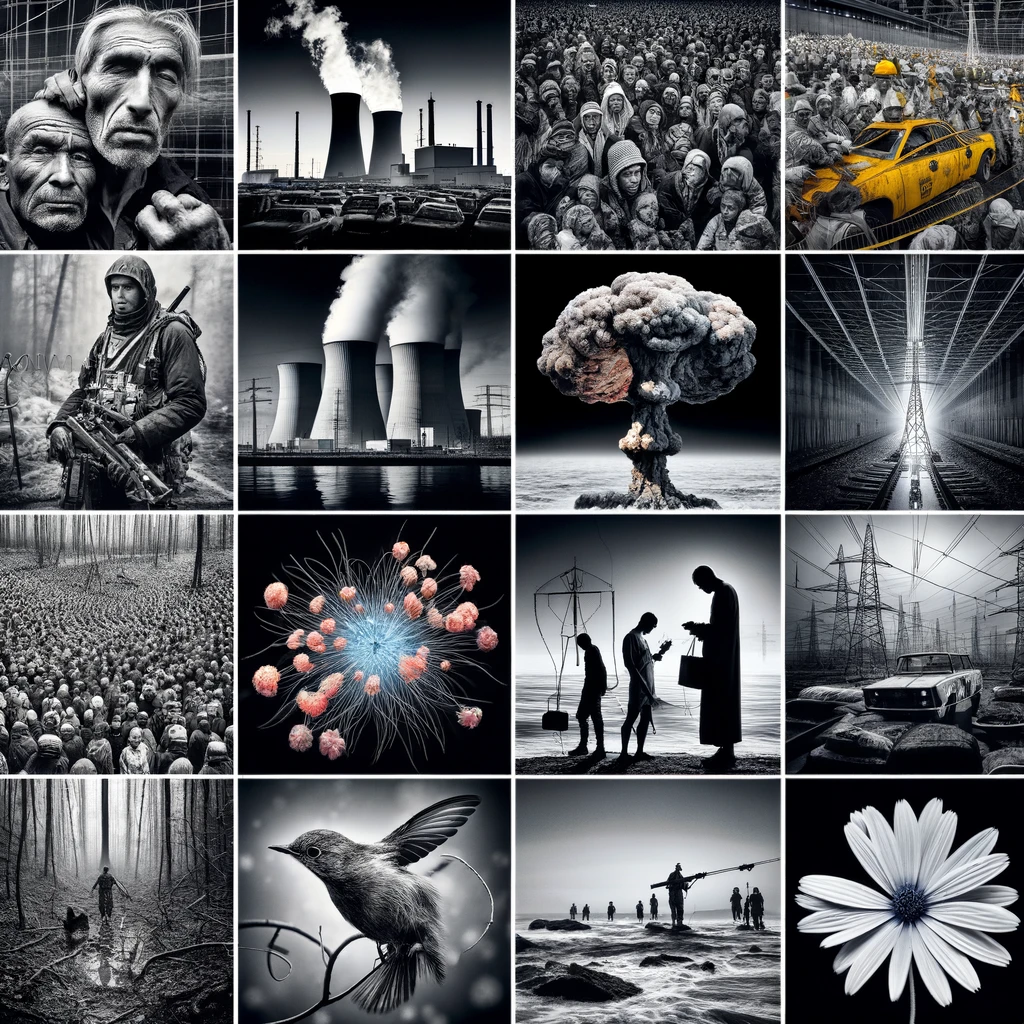Empathy, a complex psychological and emotional faculty, plays a pivotal role in shaping both the creation and reception of photographic works. At its core, empathy involves the capacity to understand and share the feelings of others. This multifaceted phenomenon encompasses both affective empathy, the emotional response to another’s feelings, and cognitive empathy, the intellectual ability to identify and understand those feelings from another’s perspective (Decety & Jackson, 2004; Shamay-Tsoory, 2011). Within the realm of photography, empathy influences not only how photographers approach their subjects but also how audiences connect with and interpret photographic images.
Empathy is the bridge that connects the photographer to their subject, enabling a deeper, more nuanced engagement. For photographers, particularly those involved in portrait and documentary photography, empathy allows for a more intimate and respectful representation of their subjects. Through empathetic engagement, photographers can transcend superficial portrayals, capturing the essence of their subjects’ experiences, emotions, and stories. This process not only dignifies the subject but also enriches the photograph with layers of meaning and emotion, making it a potent tool for communication and storytelling (Freedberg & Gallese, 2007).
Moreover, empathy influences the ethical dimensions of photography. It guides photographers in making conscientious decisions about how to portray their subjects, especially in contexts involving vulnerability or suffering. Empathetic photography respects the dignity and autonomy of the subject, avoiding sensationalism or exploitation. It also fosters a sense of responsibility towards the subject and the broader implications of how an image is used and disseminated (Sontag, 1977).
In terms of audience reception, empathetic photography has the power to move viewers, fostering a deep emotional and cognitive connection with the subject matter. Photographs that emanate from an empathetic perspective can challenge viewers’ preconceptions, stimulate empathy, and prompt a more profound reflection on the human condition. By presenting viewers with perspectives and experiences different from their own, photography can play a crucial role in fostering empathy among diverse audiences, potentially leading to greater understanding and compassion across cultural and social divides (Bleiker, 2001).
The impact of empathy in photography is also evident in social documentary and photojournalism, where photographers often aim to highlight social issues or injustices. Empathetic photography in these genres not only raises awareness but can also galvanize public response and drive social change. The emotional resonance of a photograph, rooted in empathetic engagement with the subject, can make distant or abstract issues feel immediate and personal, motivating viewers to action (Hariman & Lucaites, 2007).
Empathy within photography is not just a matter of emotional connection; it also involves a complex interplay of ethical considerations, artistic expression, and social impact. For photographers, developing empathy involves not only technical skill and artistic vision but also a profound commitment to understanding and respecting the humanity of their subjects. This ethical stance is critical in ensuring that photography serves as a force for good, illuminating truths, and fostering connections among people.
Photography education and practice increasingly recognize the importance of empathy. Workshops and courses now often include components on ethical photography, emphasizing the need for empathy in approaching subjects, particularly in sensitive or vulnerable situations. These educational efforts aim to cultivate photographers who are not only skilled artisans but also compassionate and ethical observers of the human experience.
Thus, empathy significantly affects photography, influencing how photographers engage with their subjects, how they navigate ethical considerations, and how audiences perceive and are moved by photographic images. Through empathetic engagement, photography becomes more than a mere visual medium; it transforms into a powerful conduit for understanding, connection, and change. Empathetic photography challenges us to see the world through others’ eyes, bridging divides and fostering a deeper appreciation for the rich tapestry of human experience.
References
Bleiker, R. (2001). The aesthetic turn in international political theory. Millennium – Journal of International Studies, 30(3), 509-533.
Decety, J., & Jackson, P. L. (2004). The functional architecture of human empathy. Behavioral and Cognitive Neuroscience Reviews, 3(2), 71-100.
Freedberg, D., & Gallese, V. (2007). Motion, emotion and empathy in esthetic experience. Trends in Cognitive Sciences, 11(5), 197-203.
Hariman, R., & Lucaites, J. L. (2007). No Caption Needed: Iconic Photographs, Public Culture, and Liberal Democracy. Chicago: University of Chicago Press.
Shamay-Tsoory, S. G. (2011). The neural bases for empathy. The Neuroscientist, 17(1), 18-24.
Sontag, S. (1977). On Photography. New York: Farrar, Straus and Giroux.


